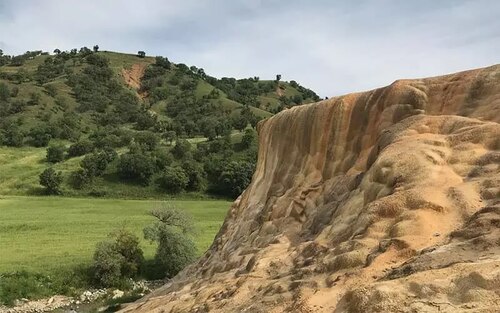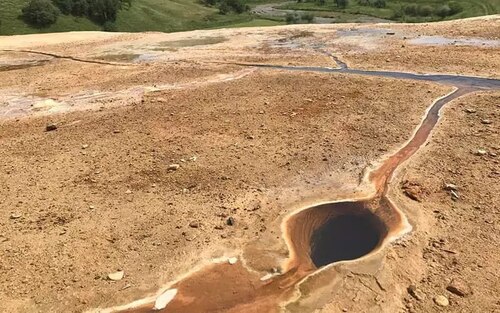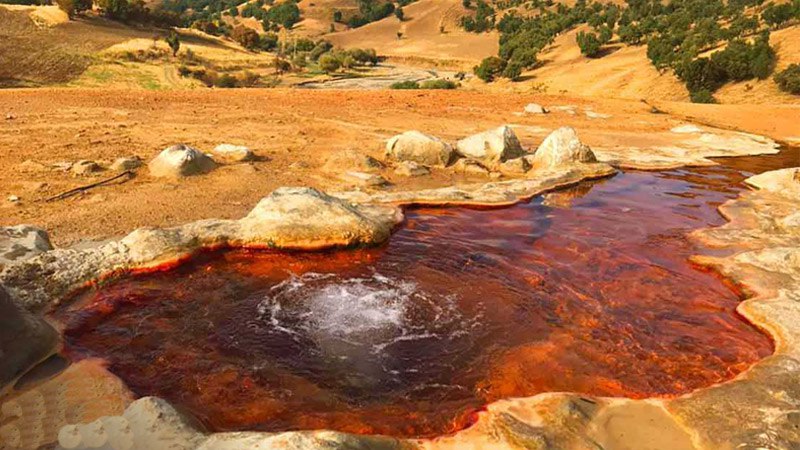Sardasht is located in the south of Urmia province on the border between East and South Kurdistan. The city is mostly famous for its magical nature. However, many important historical monuments have been less mentioned. Sardasht has some important historical monuments and research on their history has been suspended because these historical monuments explain some of the facts of Kurdish history that have been distorted by the authorities imposed on Kurdistan.
According to some historical sources, Sardasht is the birthplace of Zoroaster and the name of the city is derived from it. However, it is said that after the Arab invasion, its name was changed from Zardasht to Sardasht. Others believe that the name Sardasht is derived from two parts, "Sar" (head) and "Dasht" (plain), which means a plain that extends to the Little Zab River.

Near Sardasht there is a castle that dates back to the Ashkani rule. According to the remains found in the castle, Sardasht and the surrounding areas were under the rule of the Mannas. Therefore, we can say that Sardasht may have had other names in history.
Apart from historical monuments, this area also has some natural monuments that are famous in Iran and Kurdistan. Shalmash Waterfall, Razga Waterfall, Kalwe Lake, and Grawan Spring are some of these places. There are several high mountains in the city, including Bulfat, Hawina Mal, Sari Gom, Tarkhan, Ibrahim Jalal, Nstan Mountain, Landi Shekhan, Dashan Qala, Kasa Bardin, Haji Ibrahim, and Barda Spiyan.
One of the natural monuments of Sardasht is the Grawan spring. The spring is located in Rabat town of Sardasht city and has a special scenery. The word grawan is made up of two words Gr (fire) and Awan (water). Gr means something opaque, heavy, and solid, and Awan is the plural of the word water. Gravan generally means unclear and solid water.

Grawan Spring is famous for its medicinal properties. The spring is located near the village of Kani Gwez, two kilometers from Rabat.
The Little Zab River is one of the full-water rivers in spring and flows next to the spring. The water of the spring flows into the Kalwe River, which is part of the Little Zab. Grawan is also a spring whose water is mineral and saline and therefore not suitable for drinking. The spring is 1206 meters above sea level. A large number of tourists from Iran, East Kurdistan, and South Kurdistan visit the spring daily.
The water of the spring turns to a stone similar to lime due to the minerals it contains and the height of the spring increases every year. In winter, its water does not freeze because it is salty. How the spring formed and why its water is salty has not been scientifically investigated.

The water of the spring has medicinal properties that are used for cosmetics and skin cleansing. It generally has biophysiological properties in the pharmaceutical field. Because of this characteristic, the volcanic spring has become a touristic attraction and people visit it for skin, bone, and rheumatism diseases.
Most people visit the spring in two seasons, spring and summer because the nature around the spring is very beautiful and attractive during these two seasons. Even though many people visit this place, there are no service facilities, which has created a big problem for tourists.










